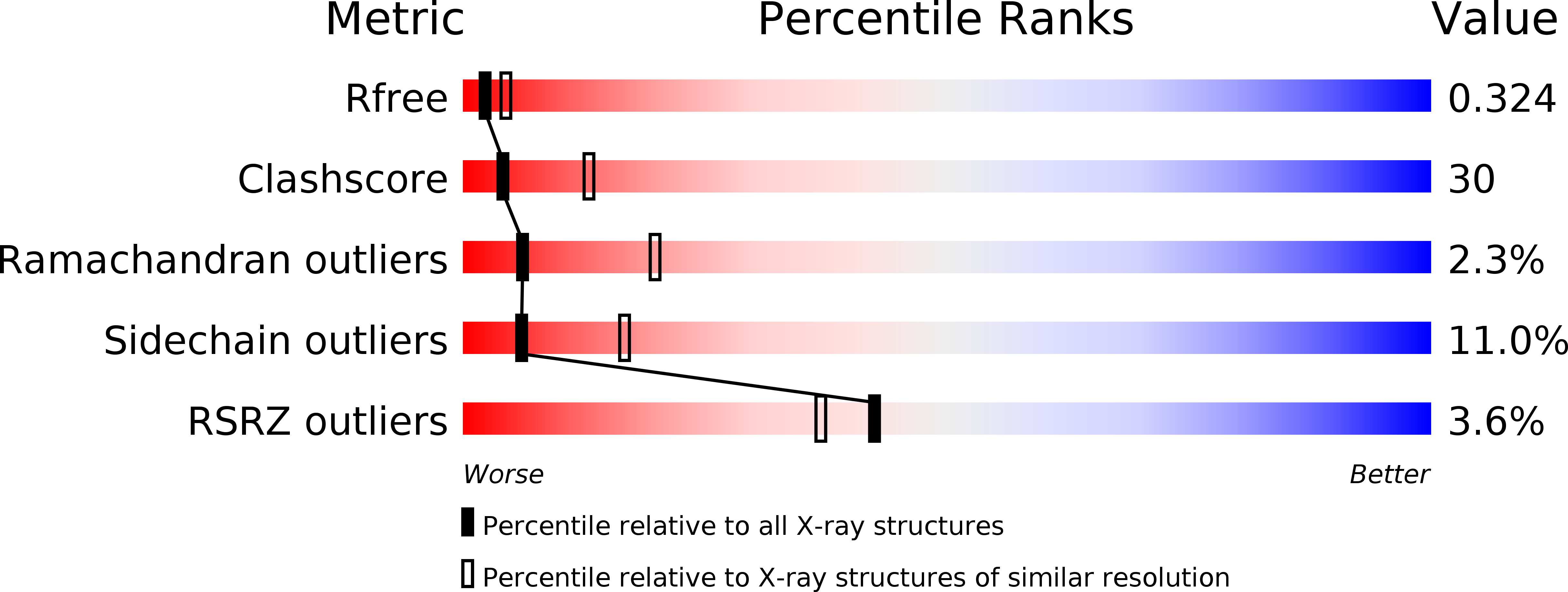
Deposition Date
2011-03-04
Release Date
2011-03-23
Last Version Date
2024-02-21
Entry Detail
PDB ID:
3QZC
Keywords:
Title:
Structure of the periplasmic stress response protein CpxP
Biological Source:
Source Organism:
Escherichia coli (Taxon ID: 83333)
Host Organism:
Method Details:
Experimental Method:
Resolution:
2.85 Å
R-Value Free:
0.29
R-Value Work:
0.24
R-Value Observed:
0.24
Space Group:
P 61 2 2


